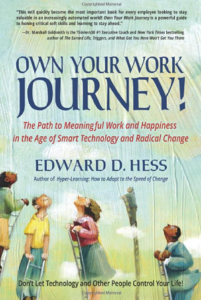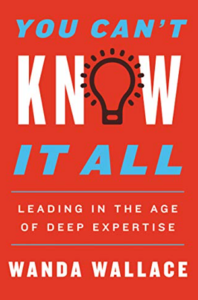Design-Centered Entrepreneurship is one of those books that could easily be dismissed as another competently made, if somewhat unoriginal leadership advice book. But what authors and experts Min Basadur, Michael Goldsby, and Rob Mathews bring to the table is genuinely fresh and original in terms of unpacking of ideas and affiliated narrative(s). “Implementing completes (what we call) the innovation process. Like optimizing, it favors converging. However, unlike optimizing, it favors learning by direct experience rather than by abstract thinking. This results in getting things done,” Basadur, Goldsby, and Mathews write. “Implementers rely on trying things out rather than mentally testing them.
They see the world as their laboratory. Implementers do not live inside their heads like conceptualizers and optimizers do. Entrepreneurs strong in implementing prefer situations in which they must somehow make things work. They do not need complete understanding in order to proceed and adapt quickly to immediately changing circumstances. Implementers enjoy ‘thinking on their feet.’ When a theory does not appear to fit the facts they will readily discard it. Others perceive them as enthusiastic about their product or service, but also as impatient or even pushy as they try to get their businesses off the ground.
They will try as many different approaches as necessary and follow up or ‘bird dog’ as needed to ensure the product or service is on the market. Thinking in this quadrant includes gaining acceptance and implementing.” In less competent hands, their utilization of certain terms to solidify intangible concepts could come across as a bunch of generalist drivel. But Basadur, Goldsby, and Mathews have too much style and competency of their own to letting this happen. This is reflected in how concise the concepts presented come across as, along with how there is a steady continuity and sense of clarity throughout the read making Design-Centered Entrepreneurship not only engaging for its target audience, but wholly enjoyable.
AMAZON: https://www.amazon.com/Design-centered-Entrepreneurship-Min-Basadur/dp/1032070161
“Different occupations and work environments require individuals to engage in a range of cognitive activities,” Basadur, Goldsby, and Mathews write, in aforementioned vein. “For example, our research indicates there is a significant association between an individual’s innovation profile and their preferred kind of work. This information may be helpful as you consider how you will assemble teams, build out your organizational structure and key roles, and write job descriptions.
The following summaries may provide insights into the relationship between styles and job preferences…While most people enjoy some stages more than other stages (of one’s leadership process), it is typical to see preferences that combine or blend styles. It is also common for people to prefer one style in particular, but also have secondary preferences for one or two adjacent styles. An individual’s unique creative problem-solving style blend shows only their preferred activities within the creative process.”
Overall, I wholly recommend this book not only on the basis of its merit, courtesy of all three authors and their backgrounds, but because it actually knows how to enthrall and entertain as well.
Cyrus Rhodes



























